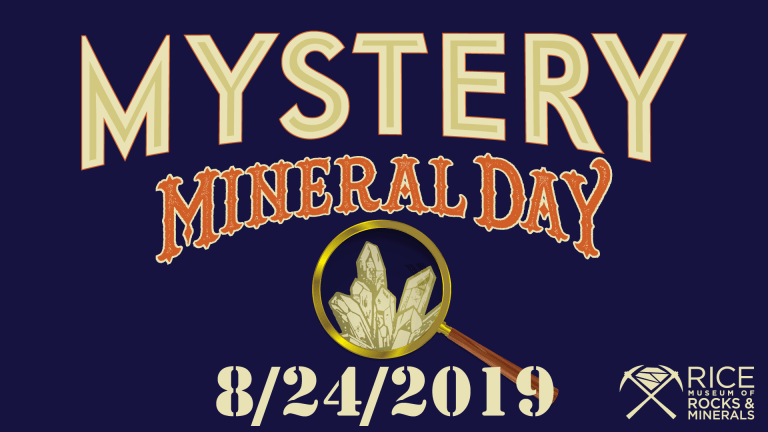Reminder: Late Open Oct.12th
Rice Northwest Museum of Rocks and Minerals will be opening late at 12:00pm tomorrow, October 12th, for Celebrando Arte y Cultura (Celebrate Arts and Culture) event set up. Come celebrate Art and Culture with us in Hillsboro, Or. The event is free and includes admission into the museum. We will be joined by Bach to […]
Reminder: Late Open Oct.12th Read More »







